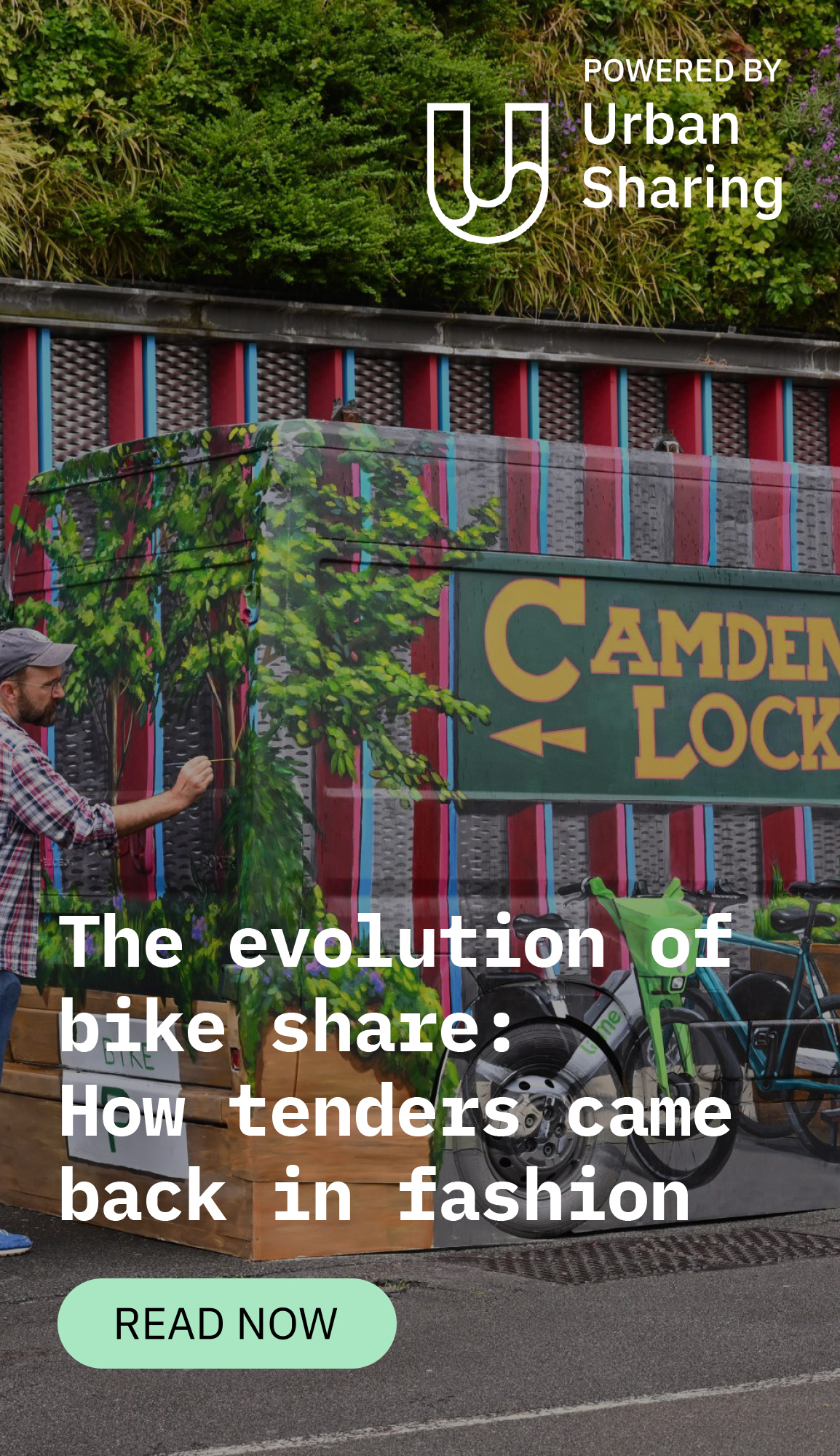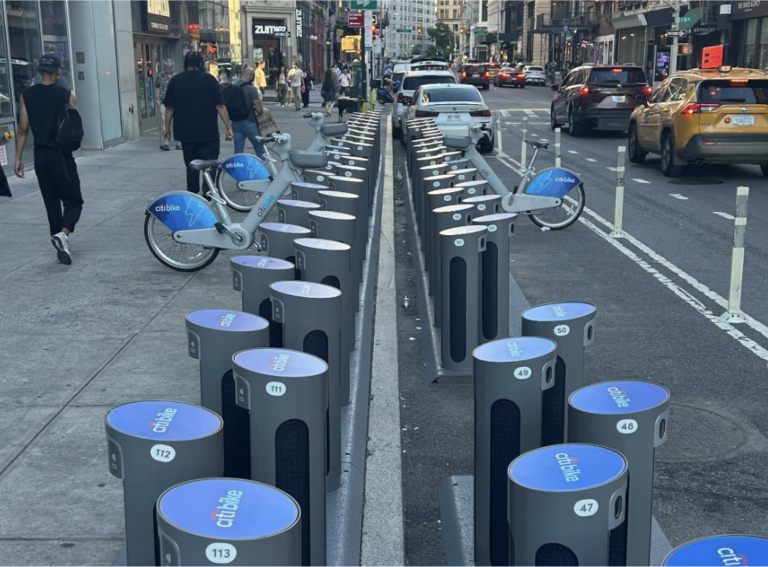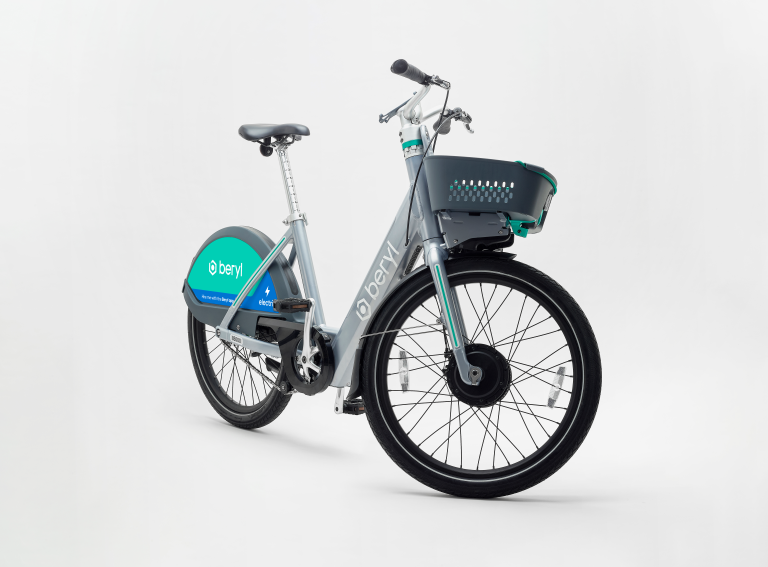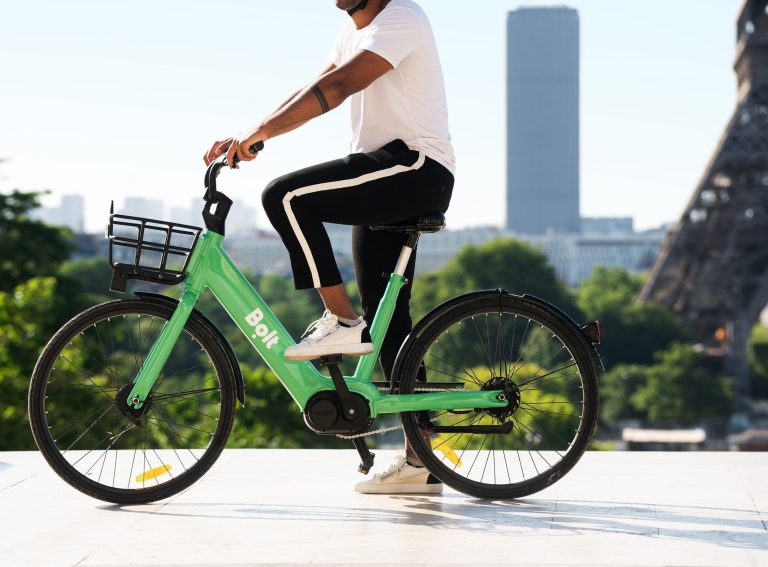Author: Ben Lee, Strategic Partnerships Lead, Beryl
Beryl has just kick-started its latest partnership with a major educational establishment, introducing the Leeds City Bikes scheme to the nearby university campuses.
We already run partnerships with colleges and universities across most of our UK schemes where, as well as providing the infrastructure such as bays and vehicles, we also offer a student-specific discount scheme. Using their educational email address and student/NUS passes, participants can get 25% off Beryl Minute Bundles or Rider Passes for the entire academic year.
In Bournemouth, Norwich, Watford, Hereford and Cornwall however, Beryl also runs funded partnerships where higher education establishments purchase minute bundles at discounted rates for dissemination to students and staff.
These partnerships in particular have been very well received by students and have helped establish a real culture of sustainable travel in and around the campuses.
But why is shared sustainable transport such a popular option for those in higher education?
A matter of lifestyle
Shared transport has a number of advantages over private vehicle ownership and many of them dovetail with the typical student lifestyle.
The funded packages, in particular, make shared transport very cost-effective to those in higher education and remove the expenditures of fuel, tax, maintenance, insurance and MOT. With most students operating on a tight financial budget, this is a key factor to embedding active travel.
Shared transport is also convenient and prevents issues with storage and parking, the latter of which can be scarce and expensive in and around campuses. Similarly, the flexibility of the bikes, e-bikes and e-scooters, especially in comparison to the set times and routes of public transport, can easily fit in around almost any student or staff timetable of classes and lectures.
At Beryl, we also work to ensure student bays are fully incorporated within the wider scheme, simplifying access to nearby town and city centres and their leisure, employment, retail and social opportunities.
The student view
Patryk Szalanski, a 20-year-old student at the University of East Anglia, doesn’t believe that people should be obliged to use sustainable transport purely because it has been provided. He believes that it is the responsibility of the government and operators to ensure that the benefits of sustainable travel outweigh those of other options.
Patryk uses Beryl e-bikes and e-scooters for leisure purposes, having previously relied on buses to get around Norwich. He said that their unreliability led him to search for an alternative and felt that freedom and flexibility of the shared vehicles made them an attractive alternative. He added that the electrical assistance made them ideal for the city’s geography.
“I love going to the cinema and some of the films go past normal bus schedules, so getting on an e-bike to help with some of those steep hill climbs is always an amazing way to get back home.
“They’re dotted around in key locations, making it easier to get from A to B.”
Standing out from the crowd
Higher education, much like many industries, is highly competitive with universities and colleges trying to position themselves as attractive as possible. Adopting sustainable transport not only helps boost their green credentials and reduce their carbon footprint, it also helps them to appeal to environmentally conscious applicants.
Kerry Rush, Transport and Events Manager at UEA, said: “We have been really pleased to witness the positive take up of the Beryl Bikes scheme among our students and staff. The popularity of the bikes not only signifies the University’s shift towards sustainable transportation but also reflects UEA’s commitment to being a climate-conscious campus.
“We know that climate action is important to our student cohort and the Beryl Bikes provide an affordable, convenient and environmentally-friendly way for them to travel to and from campus and around Norwich, with campus being a short ride from the city centre.”
What do the numbers say?
Ultimately, the true measure of success is the take up of the scheme, with Bournemouth University and the University of East Anglia in particular demonstrating a real commitment to active travel.
The funded partnership with Bournemouth University has encouraged more than 2,100 riders to use the Beryl vehicles and make over 34,000 journeys across nearly 110,000 km. According to industry calculations, this has saved almost one and half tonnes of carbon emissions. Direct feedback from riders also shows that almost a third of these journeys have replaced public transport trips and nearly a fifth have replaced car, van, taxi or motorbike trips.
It’s a very similar picture for the University of East Anglia, with their funded package encouraging take up from more than 1,550 riders. So far, they’ve made almost 35,000 journeys across more than 90,000 km, saving approximately one and a half tonnes of carbon emissions. Nearly a quarter of their journeys have replaced car, van, taxi or motorbike trips, but just 16% had replaced public transport trips.
A brighter, more sustainable future
The numbers tell the story and we can see that accessibility and affordability are the key to developing successful higher education-based schemes.
By investing in partnerships, universities don’t just make a real commitment to sustainable operation, they also invest in creating a better environment that allows students to thrive.
Looking at the bigger picture though, by targeting upcoming generations, they’re also helping to create an even greater culture shift towards long-term sustainable travel habits in the future.
And that’s good news for both our personal health and the health of our planet.











